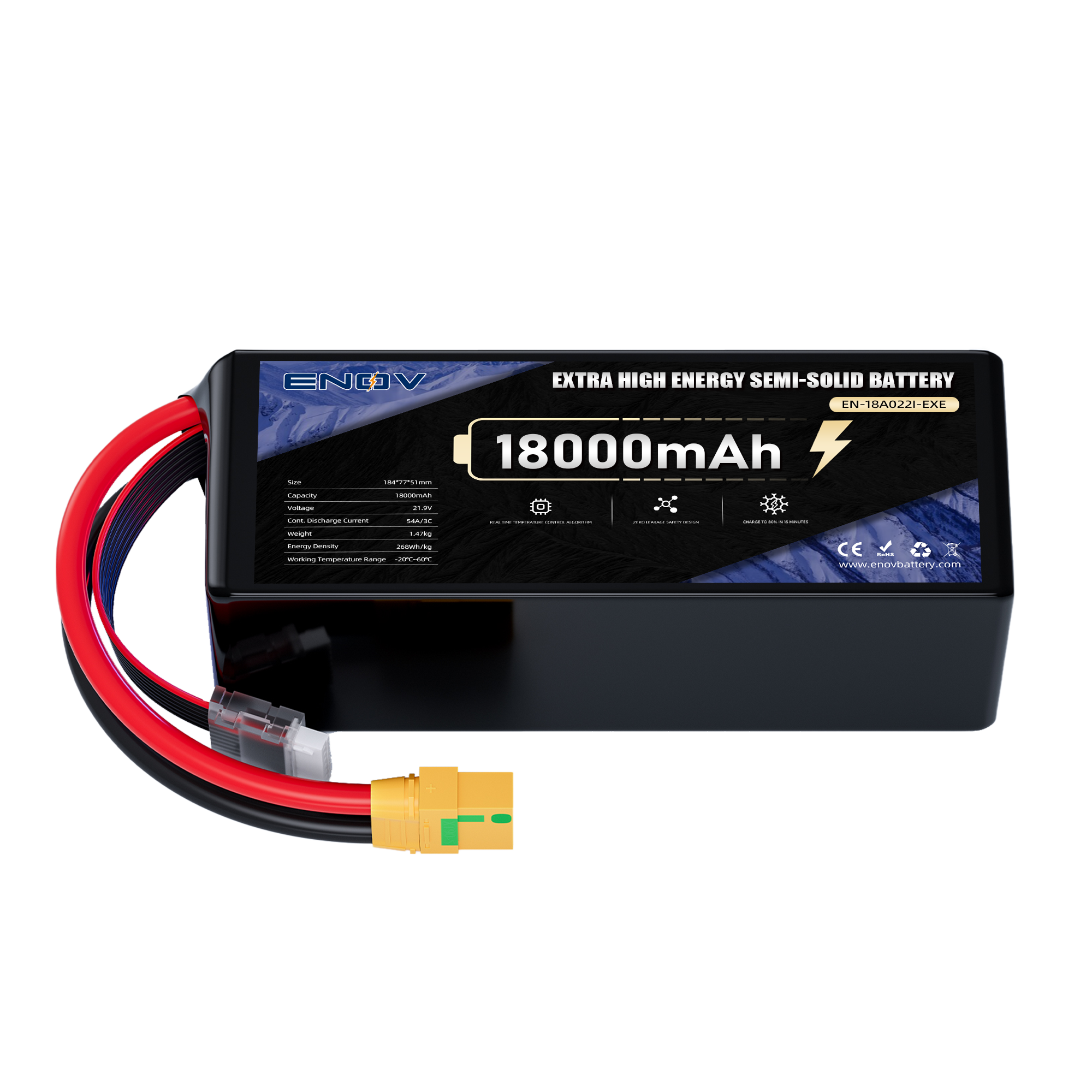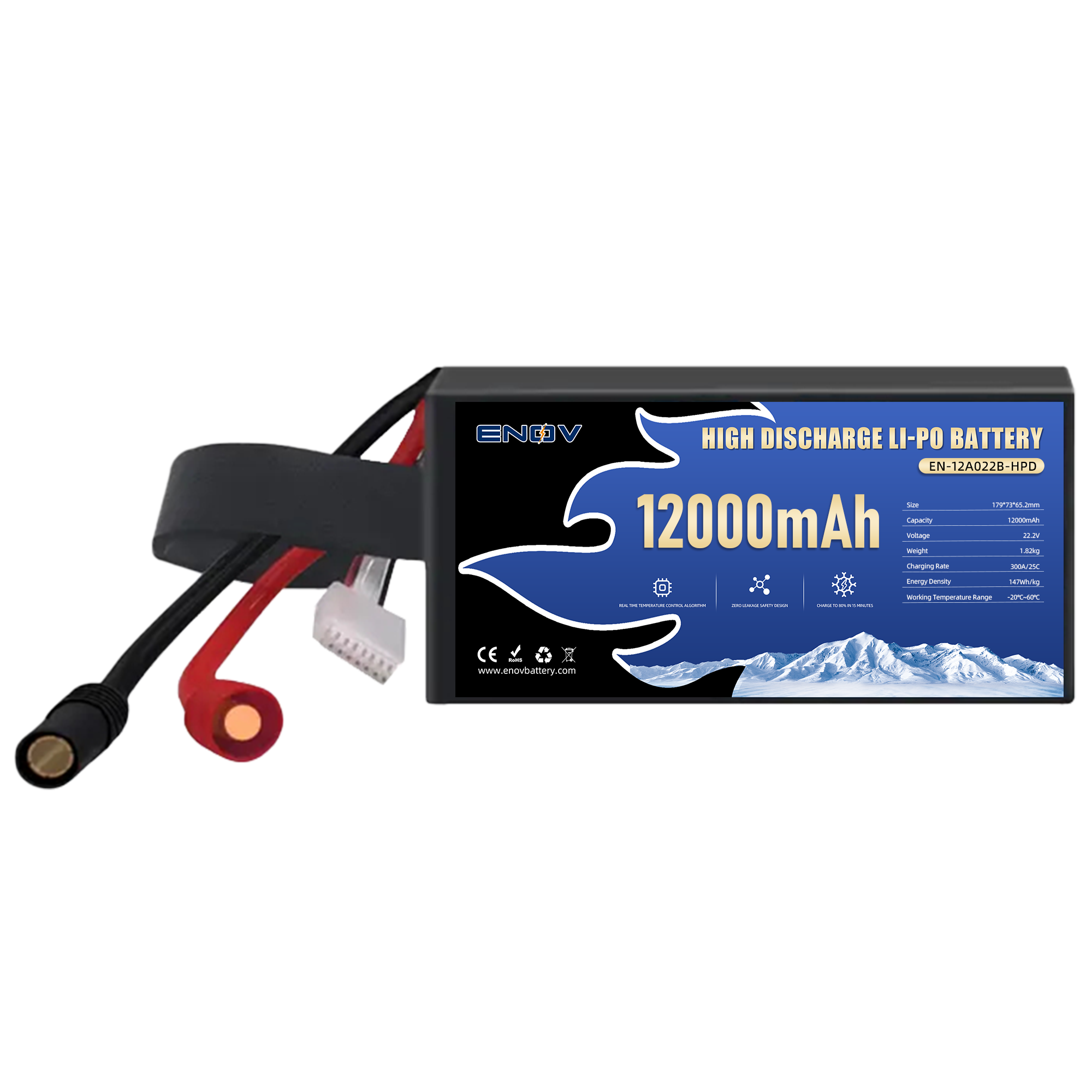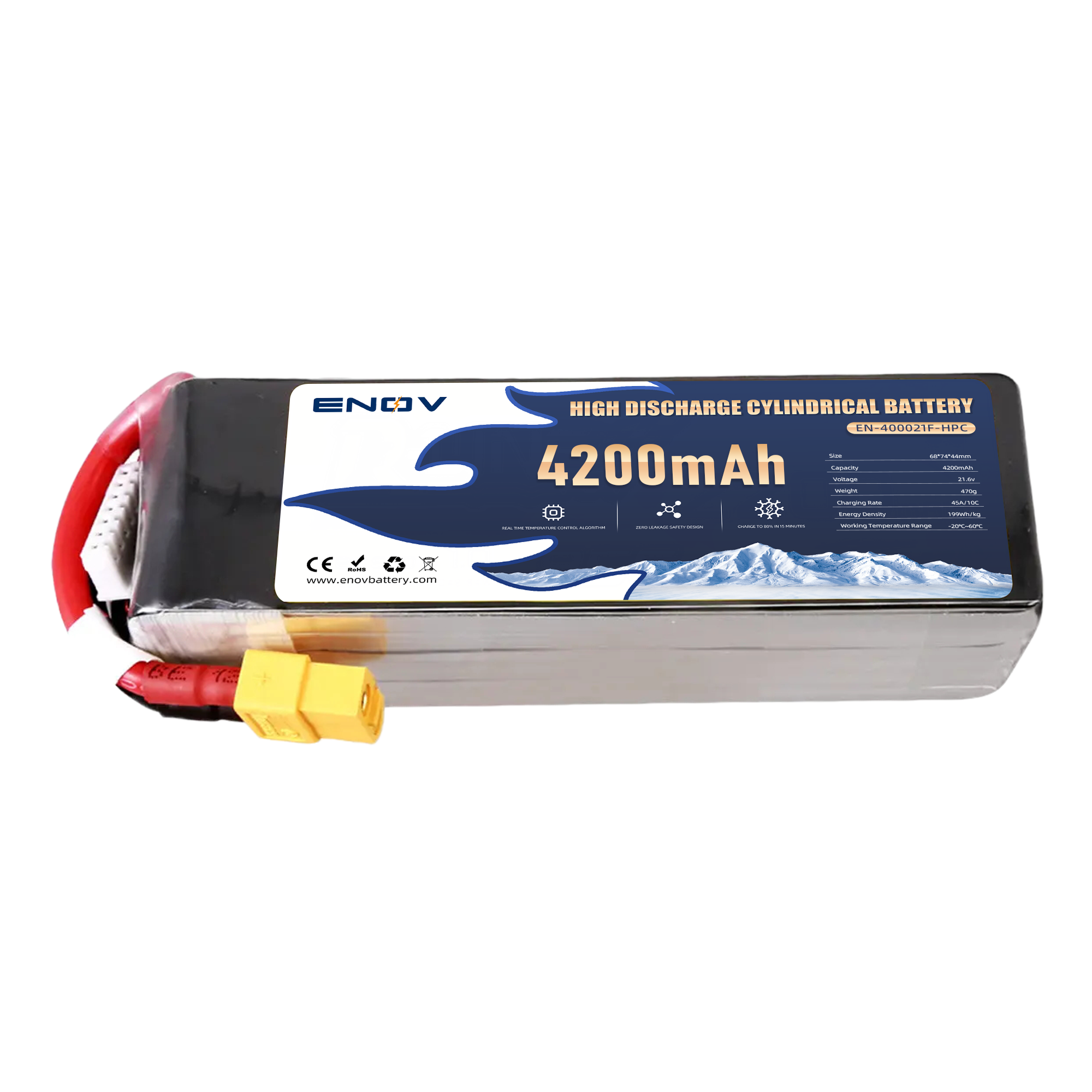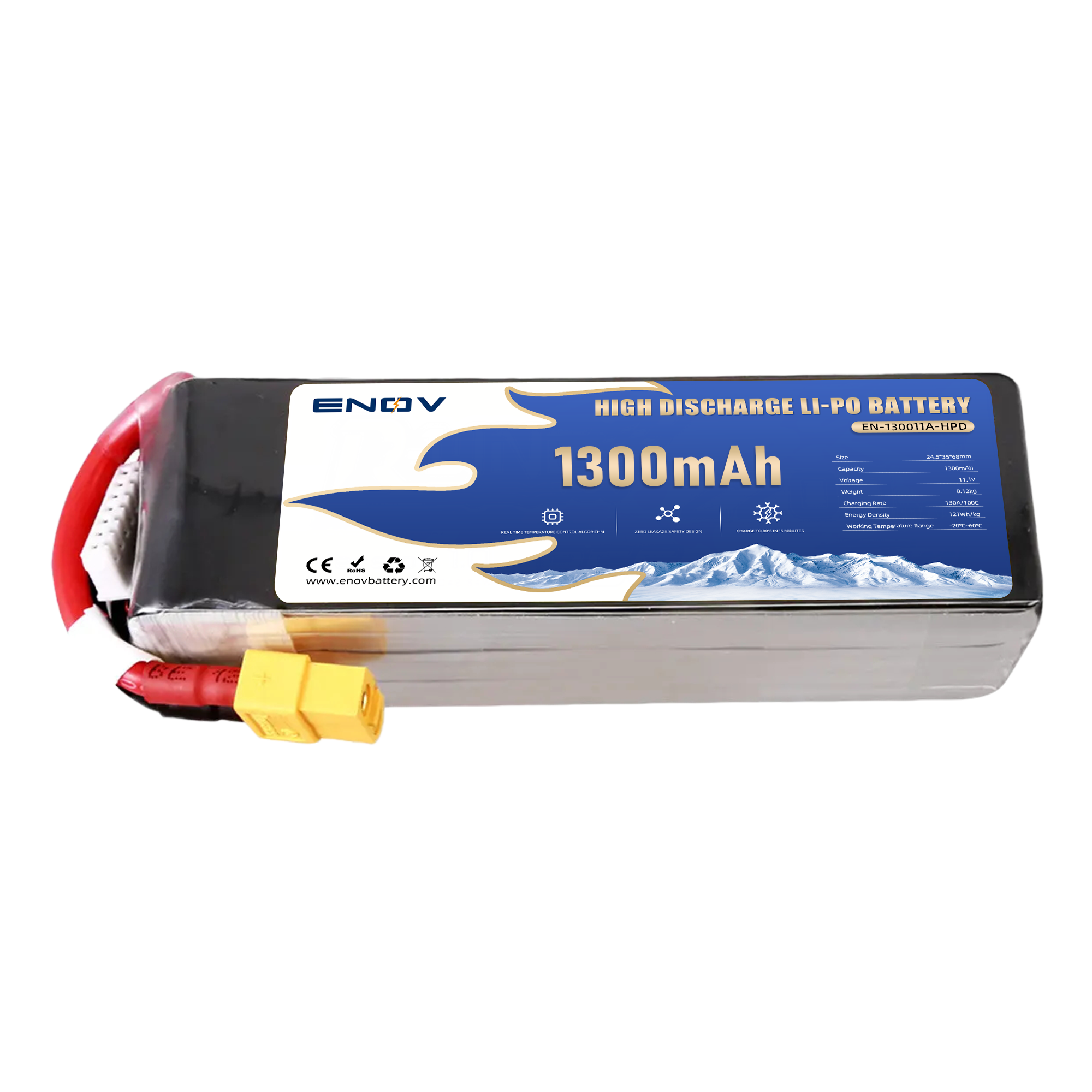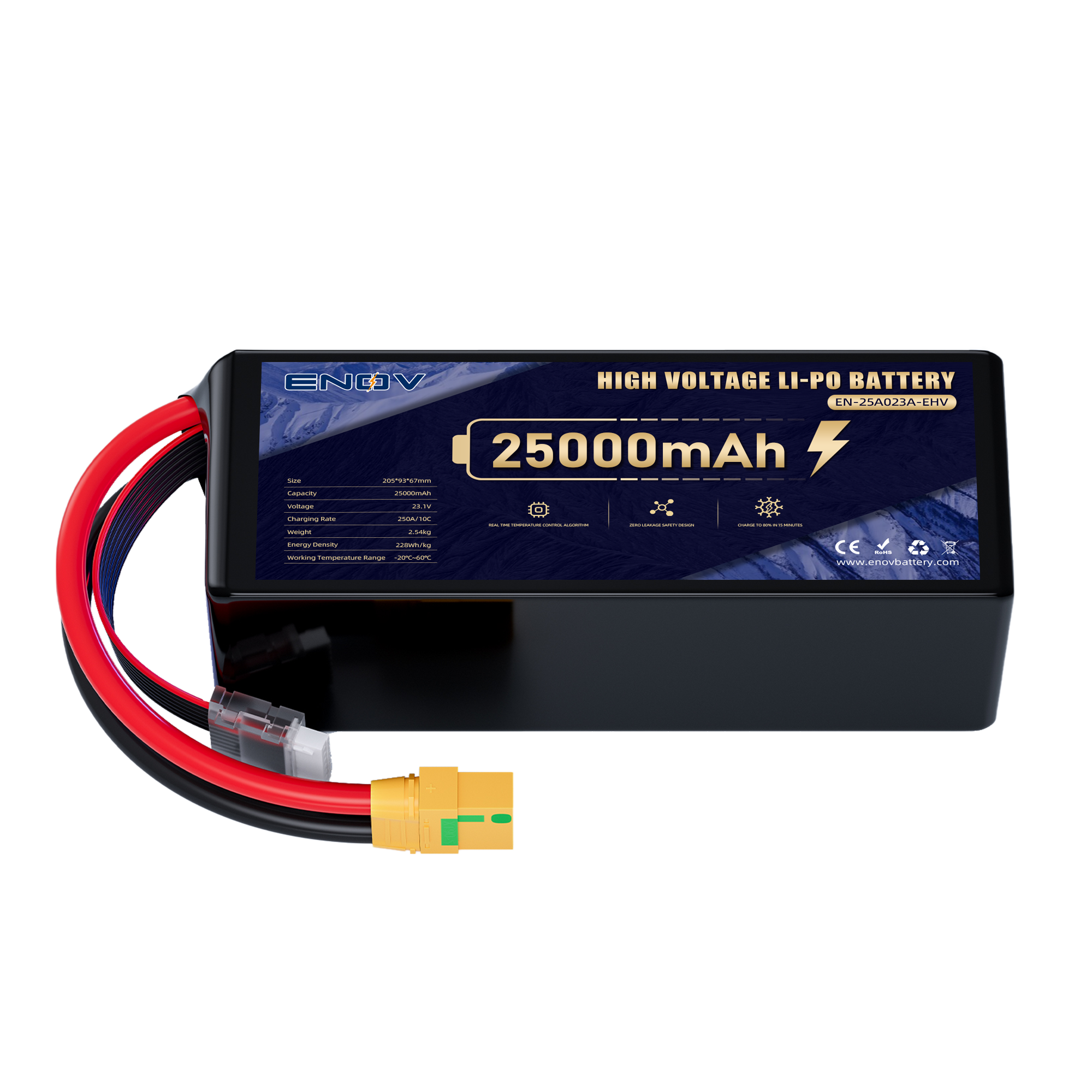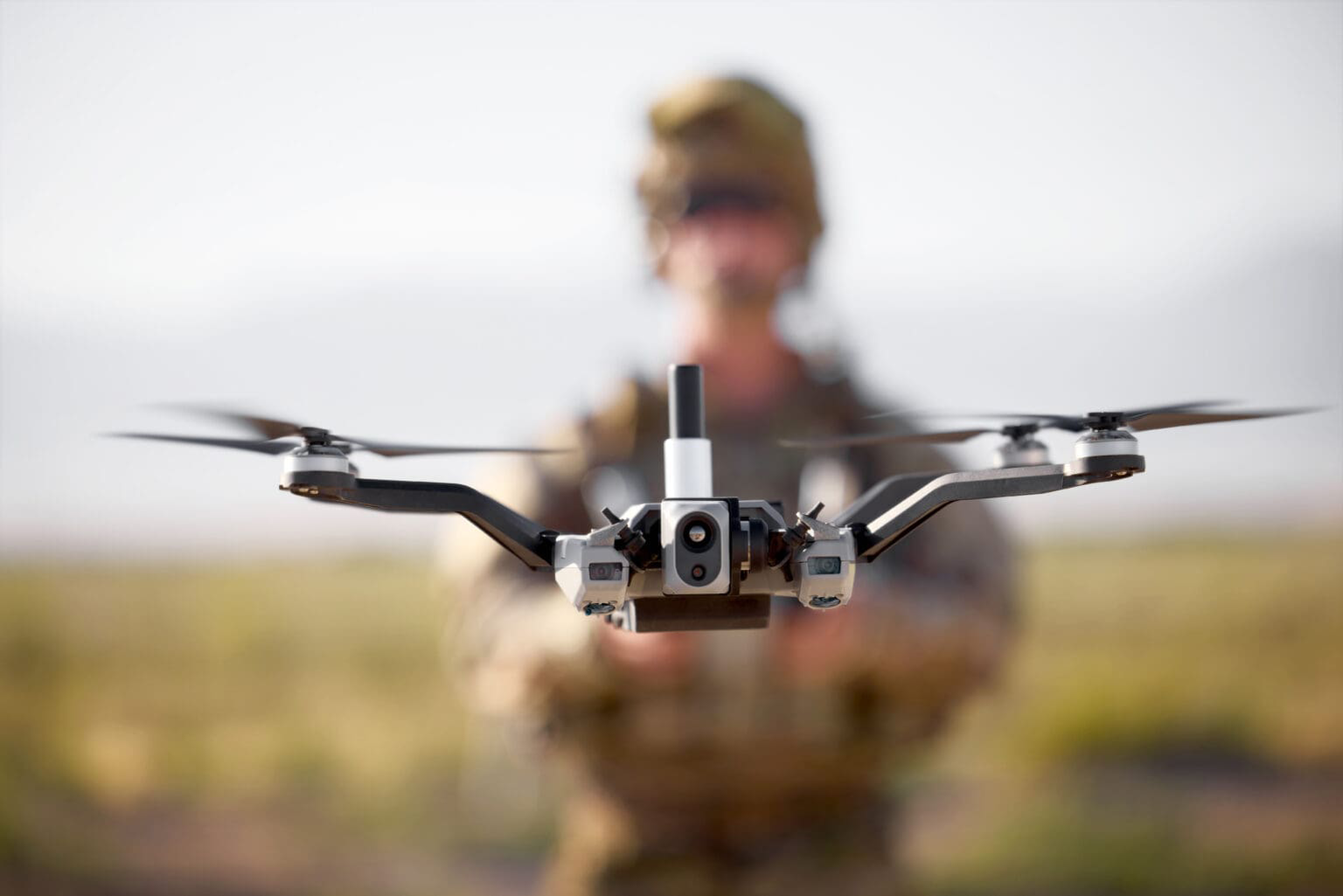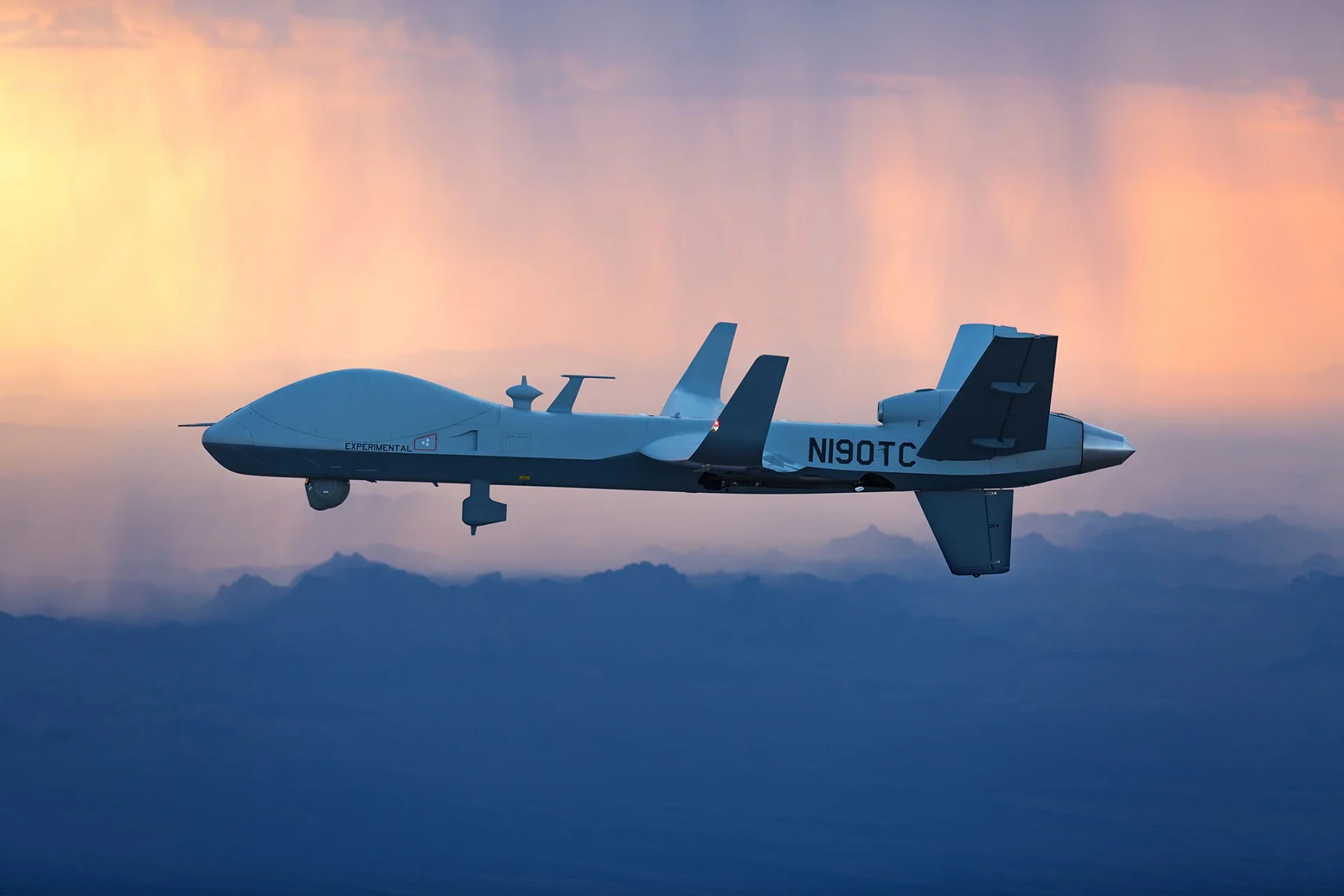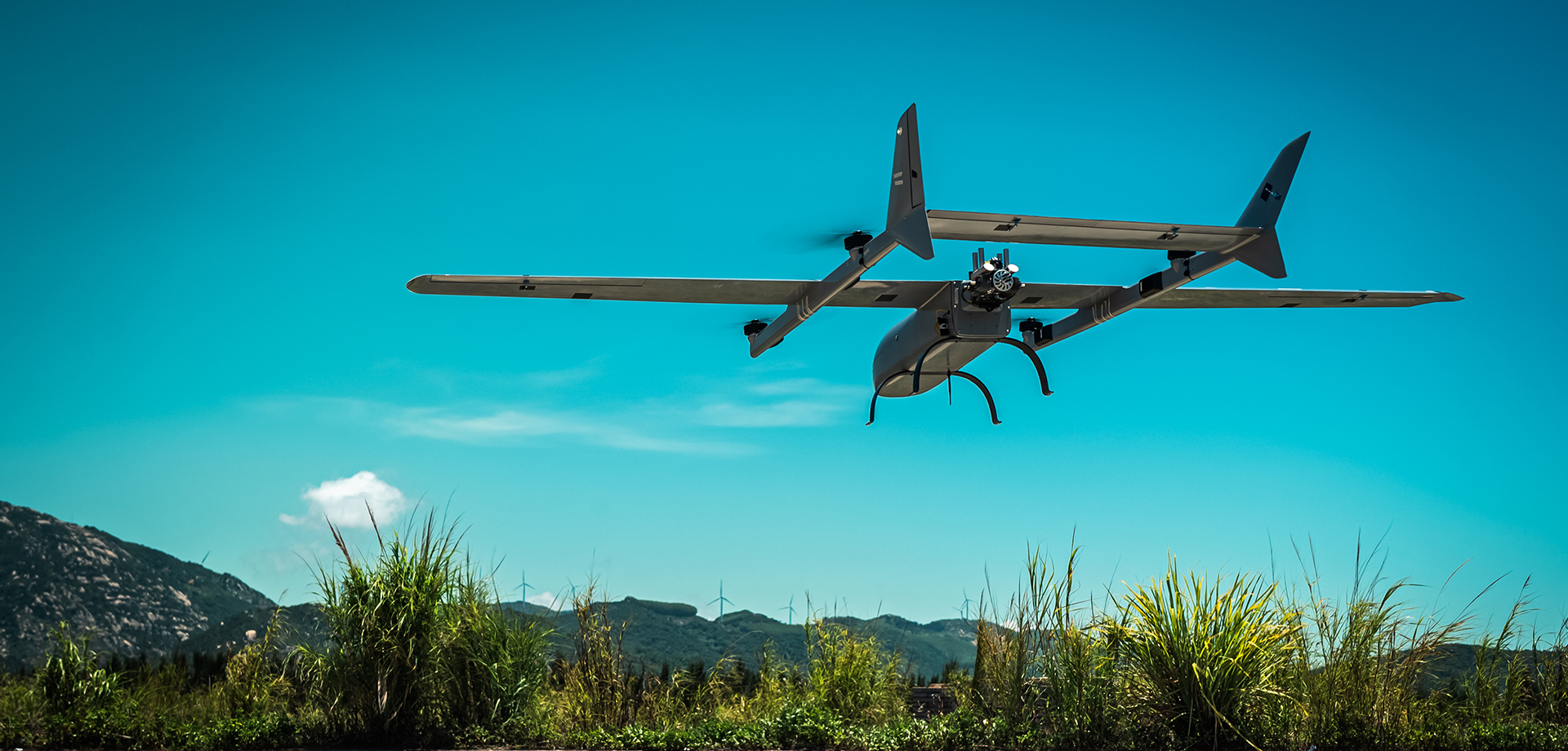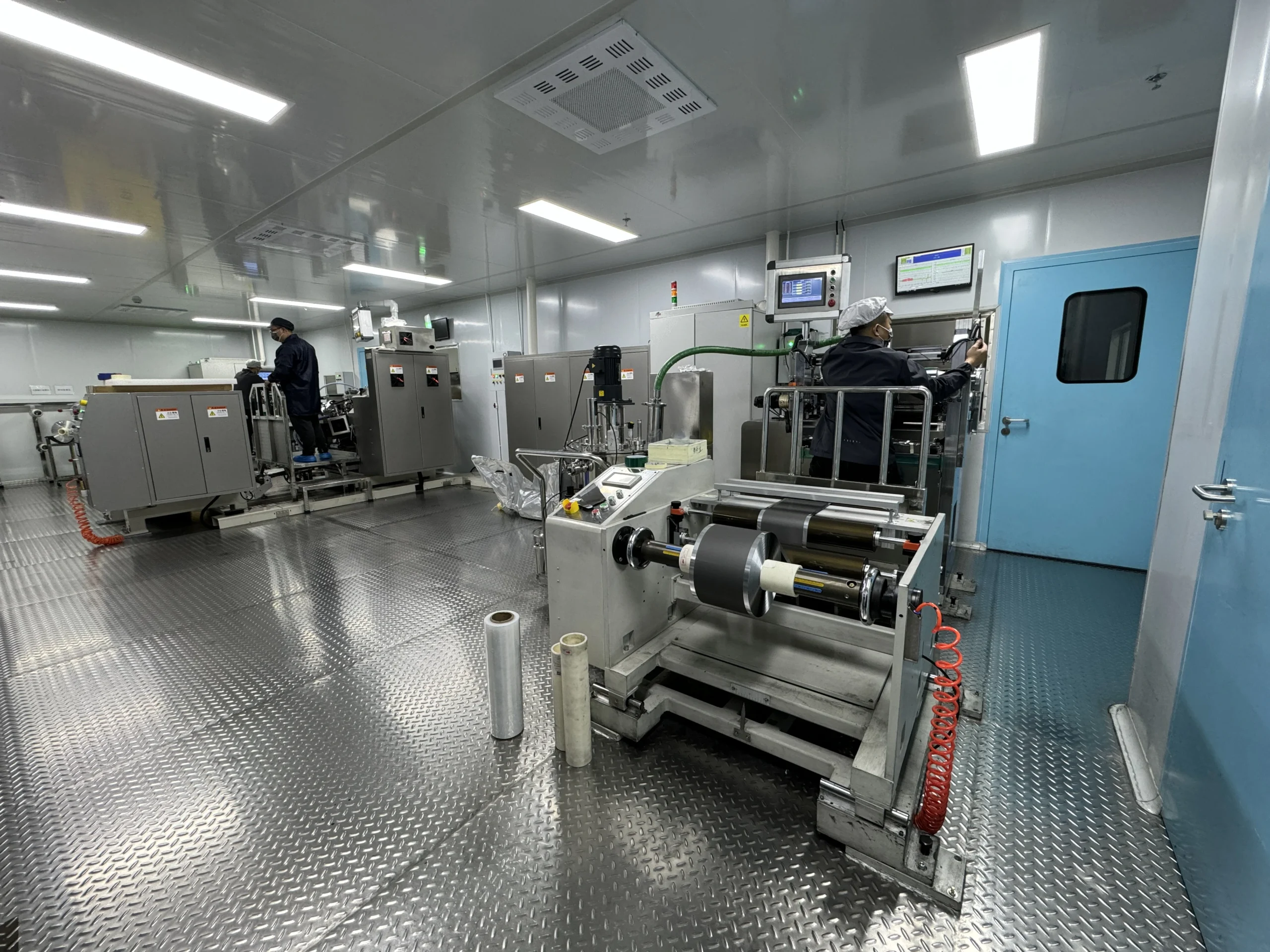Thermal Shock Testing: Surviving the -40°C to 70°C Extreme Temperature Gauntlet
main content
For drone battery procurement teams, thermal shock testing isn’t just a lab experiment—it’s a brutal validation of whether cells can endure real-world temperature swings during Arctic winters, desert summers, or high-altitude cargo flights. This test, mandated by IEC 62133 and MIL-STD-883, cycles batteries between -40°C and 70°C within minutes, exposing weaknesses in material integrity, interfacial stability, and thermal management.
During testing, batteries transition from cryogenic chambers to高温 ovens for 10+ cycles, simulating rapid environmental shifts. At -40°C, traditional electrolytes thicken, increasing ionic resistance by 300%, while abrupt heating to 70°C accelerates SEI (solid-electrolyte interphase) decomposition. For LiCoO₂ cells, this often results in ≥8% capacity loss per cycle due to cobalt dissolution, whereas advanced NMC batteries with fluorinated electrolytes and ceramic-coated separators limit degradation to ≤3% per cycle.
Material science breakthroughs enable survival. Single-crystal NMC cathodes resist microcracking under thermal stress, while cross-linked polymer binders maintain electrode adhesion during expansion/contraction. Suppliers using ALD (atomic layer deposition)-coated anodes reduce lithium plating risks at -40°C, enabling 2C discharge even after thermal cycling—critical for search-and-rescue drones deployed in polar regions.
Real-world validation matters. A 2023 case study of Siberian pipeline inspection drones revealed NMC batteries retained 92% capacity after 1,000 hours of -40°C/70°C cycling, versus 78% for uncertified LiCoO₂ packs. Post-test autopsies via SEM-EDS analysis showed failed cells suffered separator delamination and copper dendrite growth, traced to inadequate electrolyte wetting and poor current collector annealing.
Procurement teams must prioritize:
1.Full thermal shock test reports per IEC 60068-2-14, including infrared thermography videos capturing hot/cold spot formation,
2.Cycle-life data at temperature extremes (e.g., 500 cycles at -30°C with 80% capacity retention),
3.Certifications like MIL-STD-810G Method 503.6 for rapid temperature transition compliance.
Batteries passing this gauntlet don’t just meet standards—they redefine operational limits. For global buyers, thermal resilience isn’t optional; it’s the foundation of mission success. Partner with suppliers who engineer for the planet’s harshest edges, not just its temperate zones. Because in drone operations, temperature isn’t a condition—it’s a challenge to conquer.
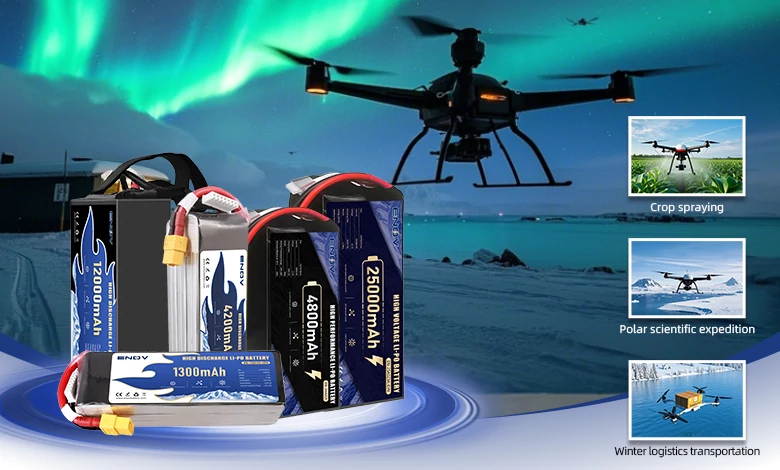
UAV DRONE battery
Enov UAV battery has the most advanced UAV battery new technology, it has a lightweight structural design, ultra-high energy density, stable continuous discharge, customized ultra-high instantaneous discharge, wide temperature working range, stable charge and discharge, battery materials can choose high nickel terpolymer positive/silicon carbon negative material system combined with semi-solid battery technology. Or choose a more mature application of more UAV lithium battery technology, available UAV battery nominal voltage 3.7V, capacity 18.0Ah ~ 30.0Ah, support 10C continuous discharge and 120C pulse discharge (3 seconds). With ultra-high energy density (220-300Wh/kg) as its core advantage, Enov UAV batteries can meet the needs of long-term endurance scenarios such as plant protection drones and transport drones, while maintaining stable emission performance in extremely low temperature environments (-40℃).
Other products
START-STOP LITHIUM BATTERY
LITHIUM ENERGY STORAGE BATTERY
QUICK INQUIRY
FAQ
Access to high frequency technical questions with one click, get accurate answers on product application, after-sales policy and customization process.
Service and Support
Get the latest product specifications, explore professional OEM/ODM customization services, click to open exclusive technical support and production solutions.
Become a Partner
We sincerely invite resources to interconnect, work together for win-win development, and immediately open a new chapter of strategic cooperation!
